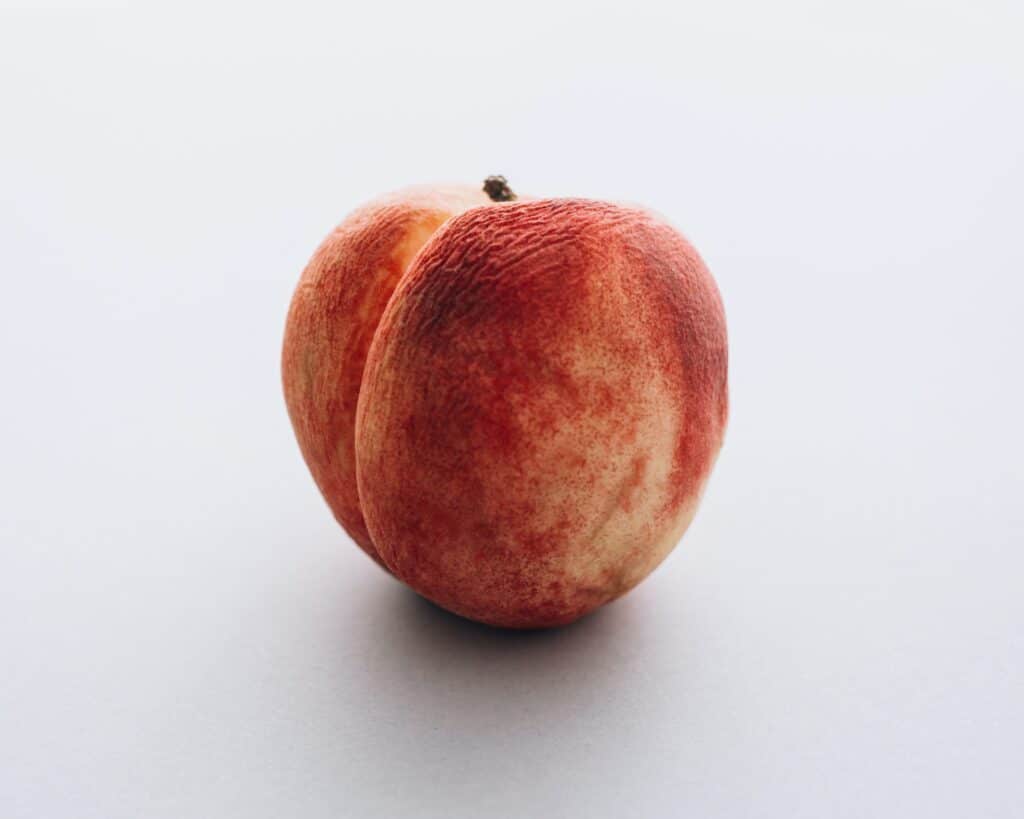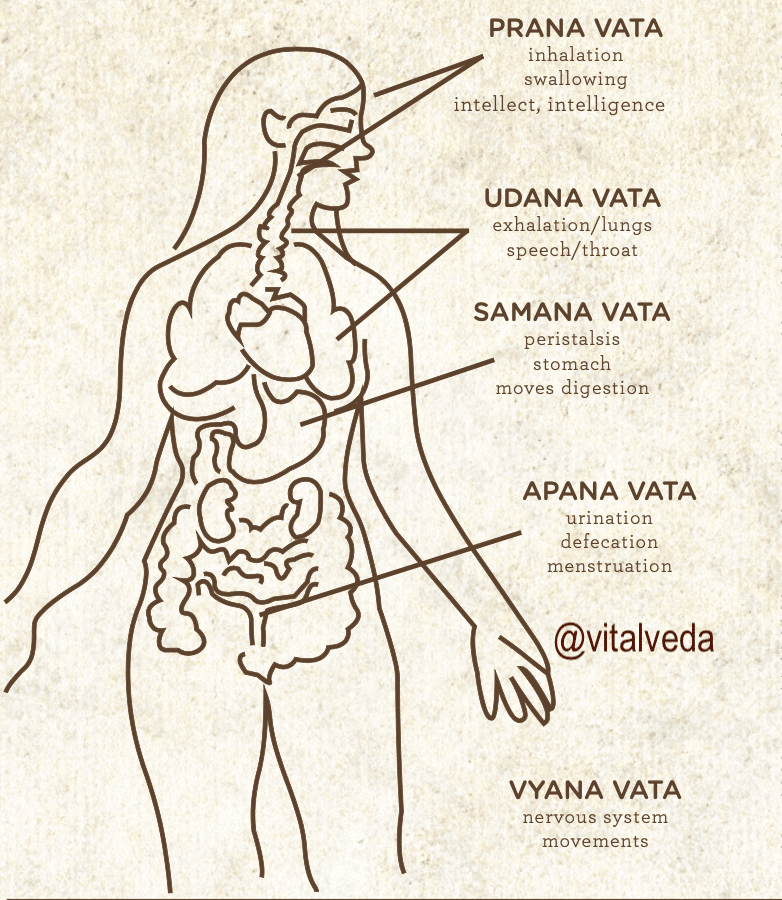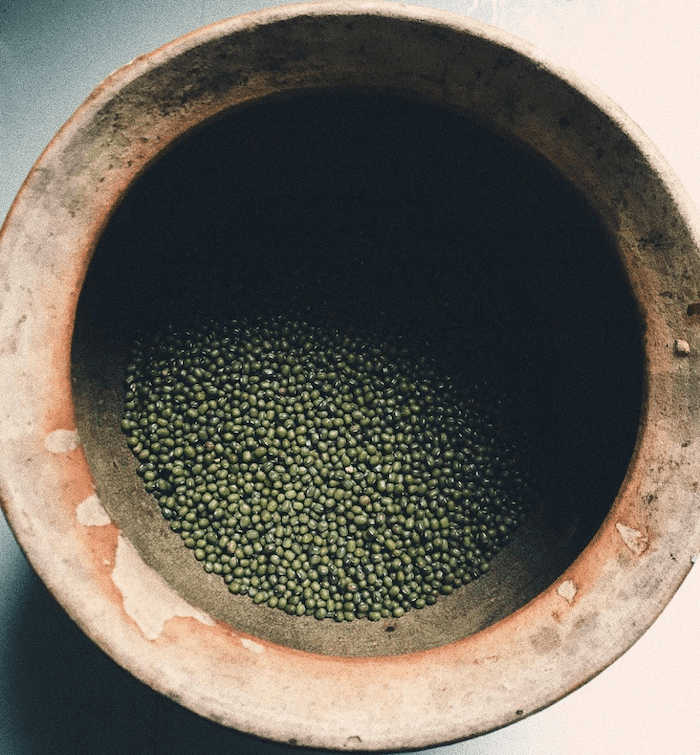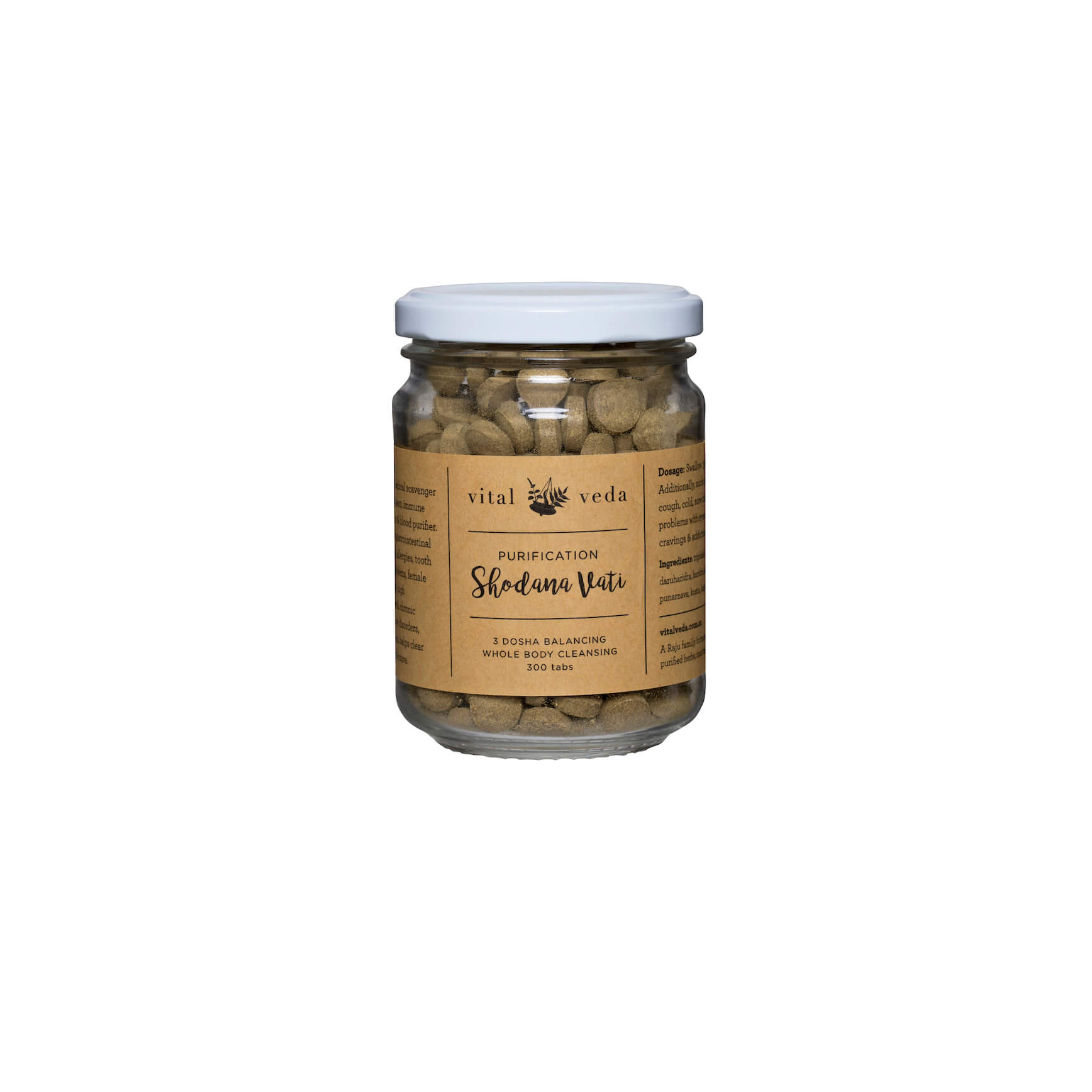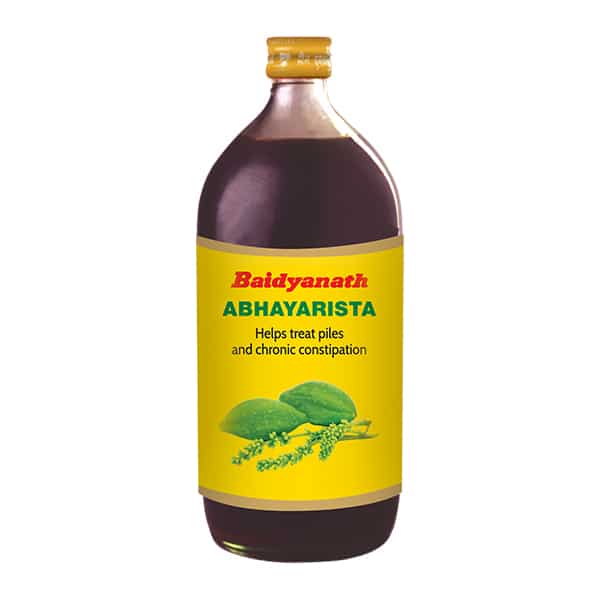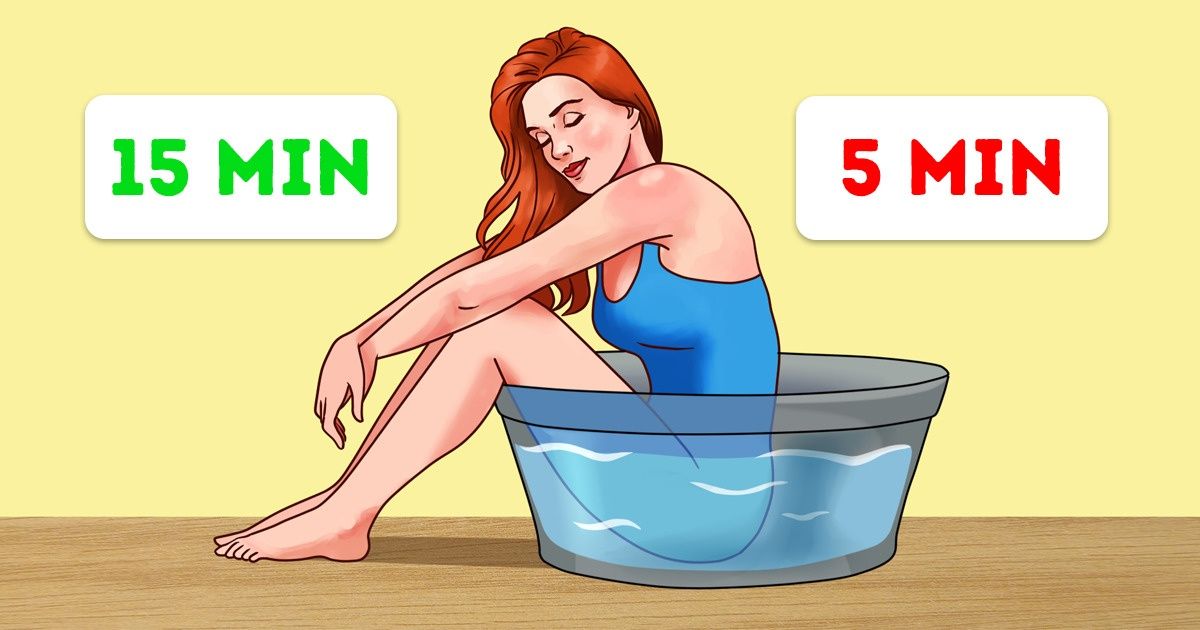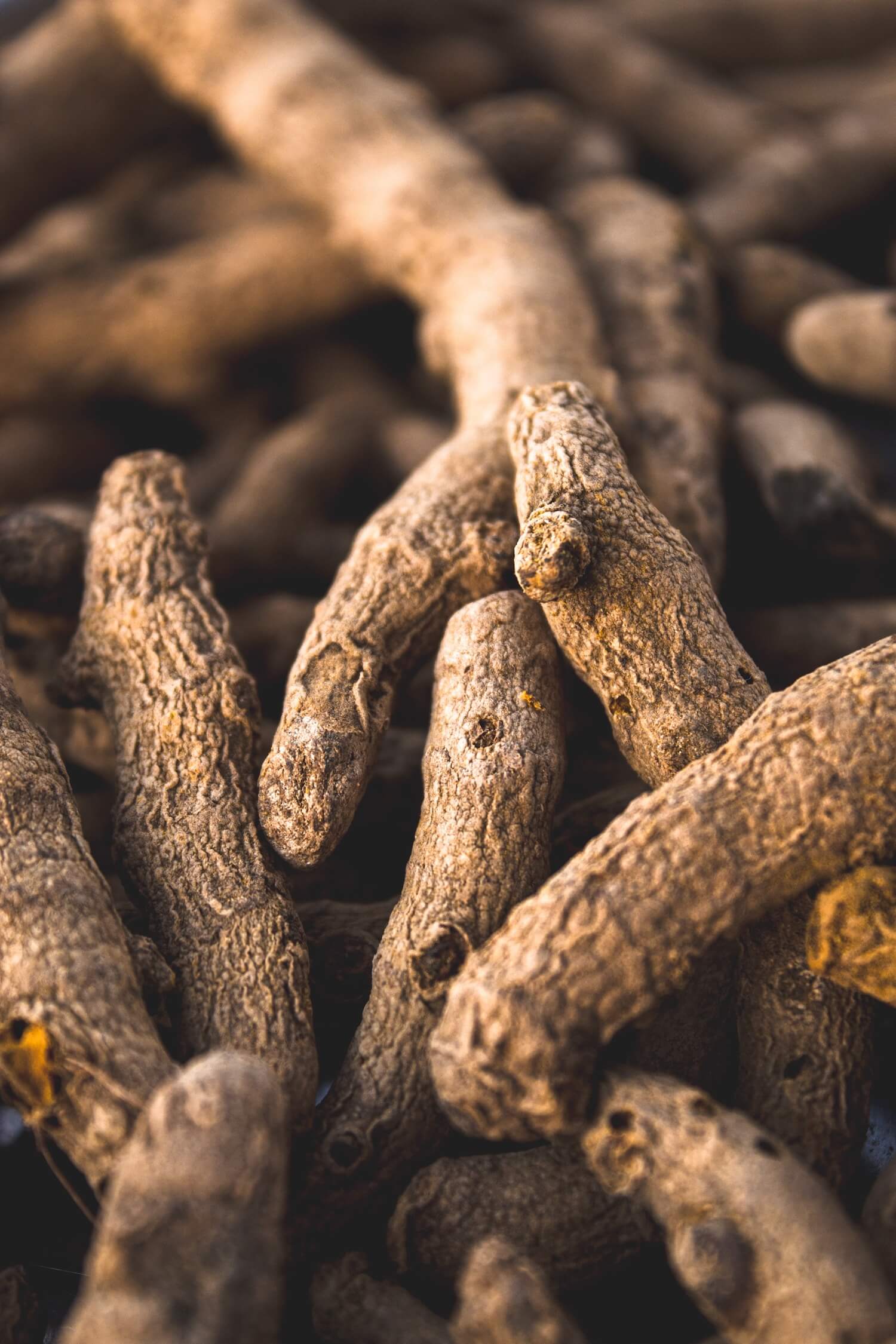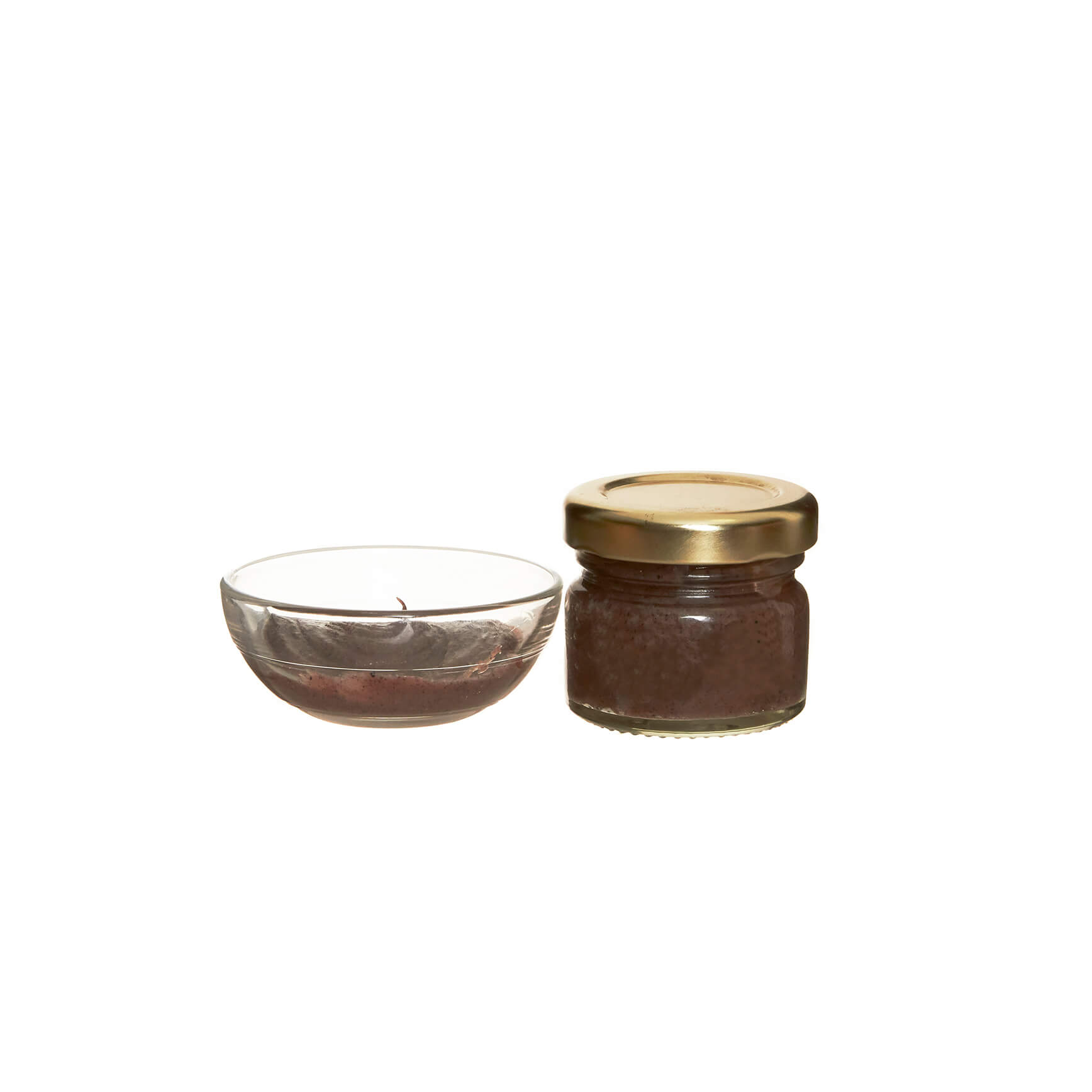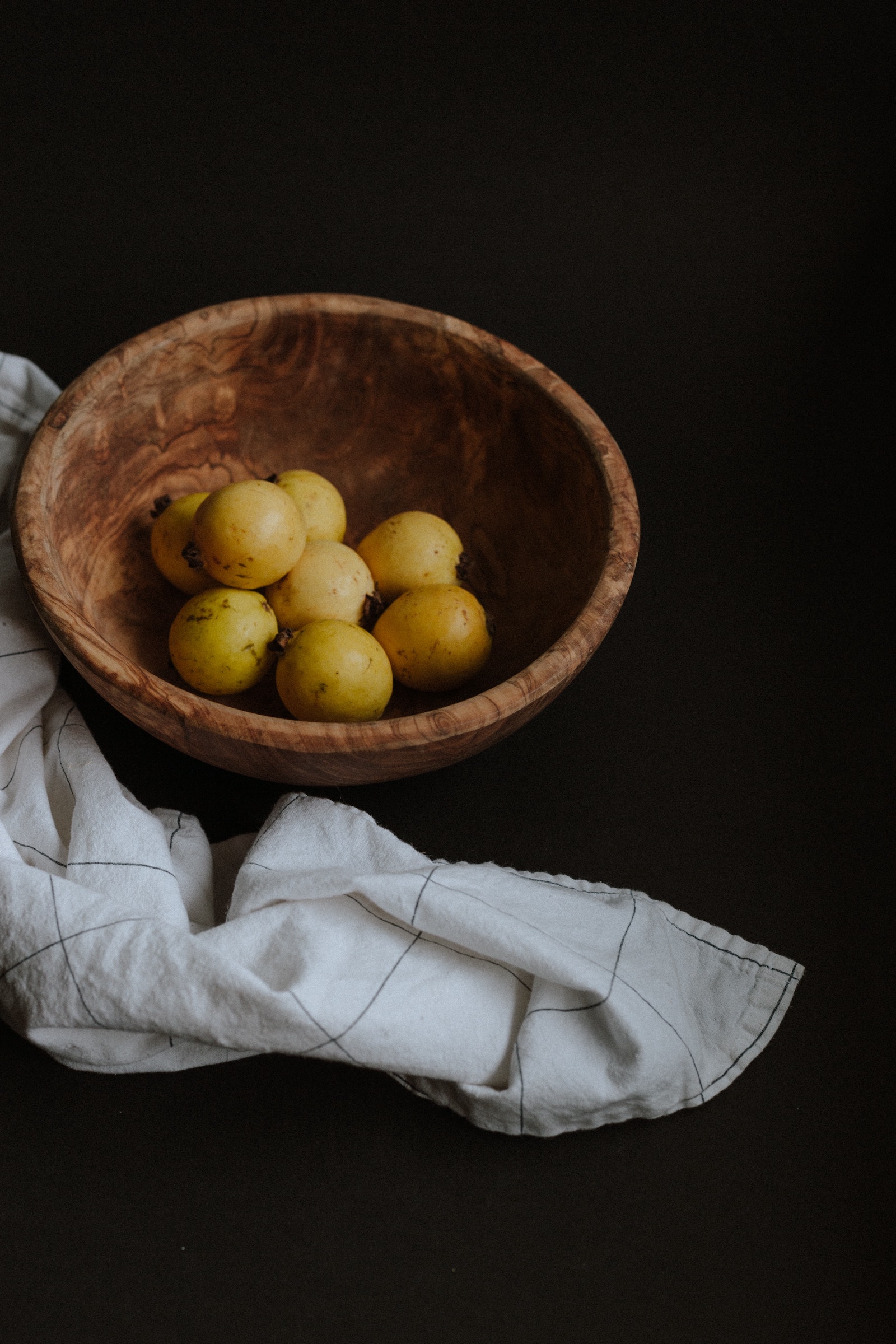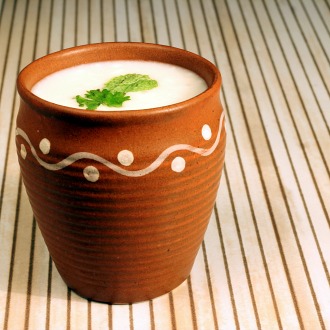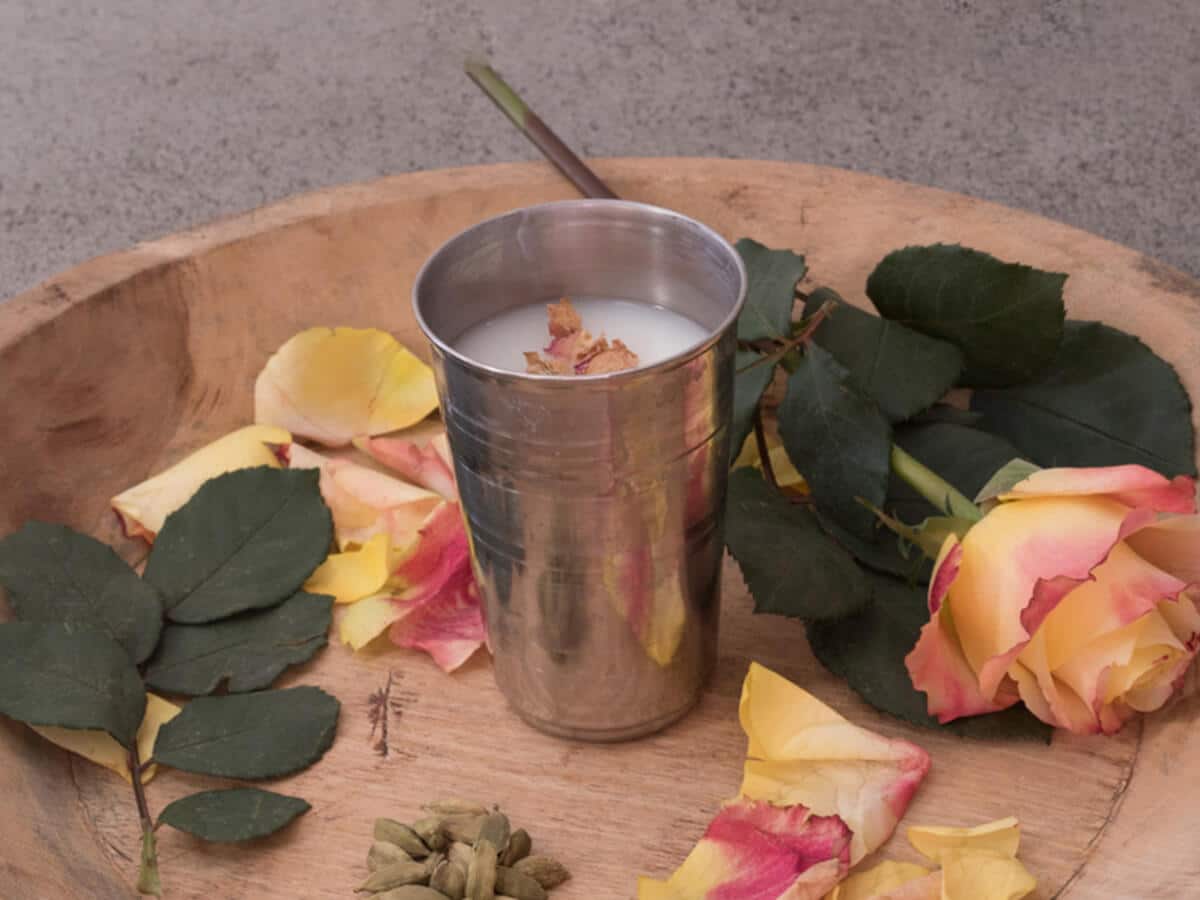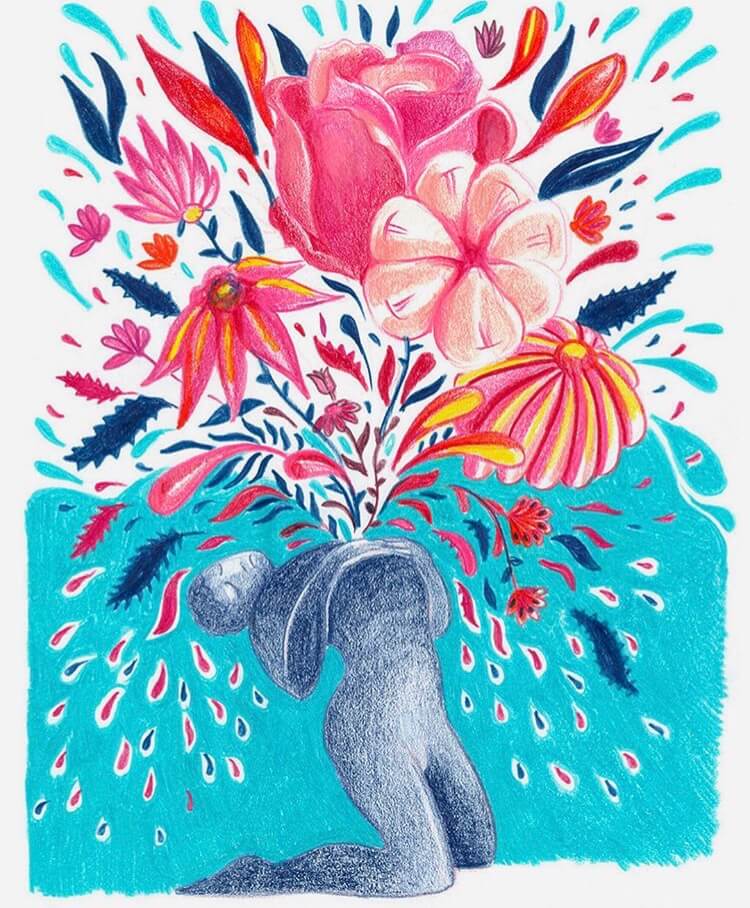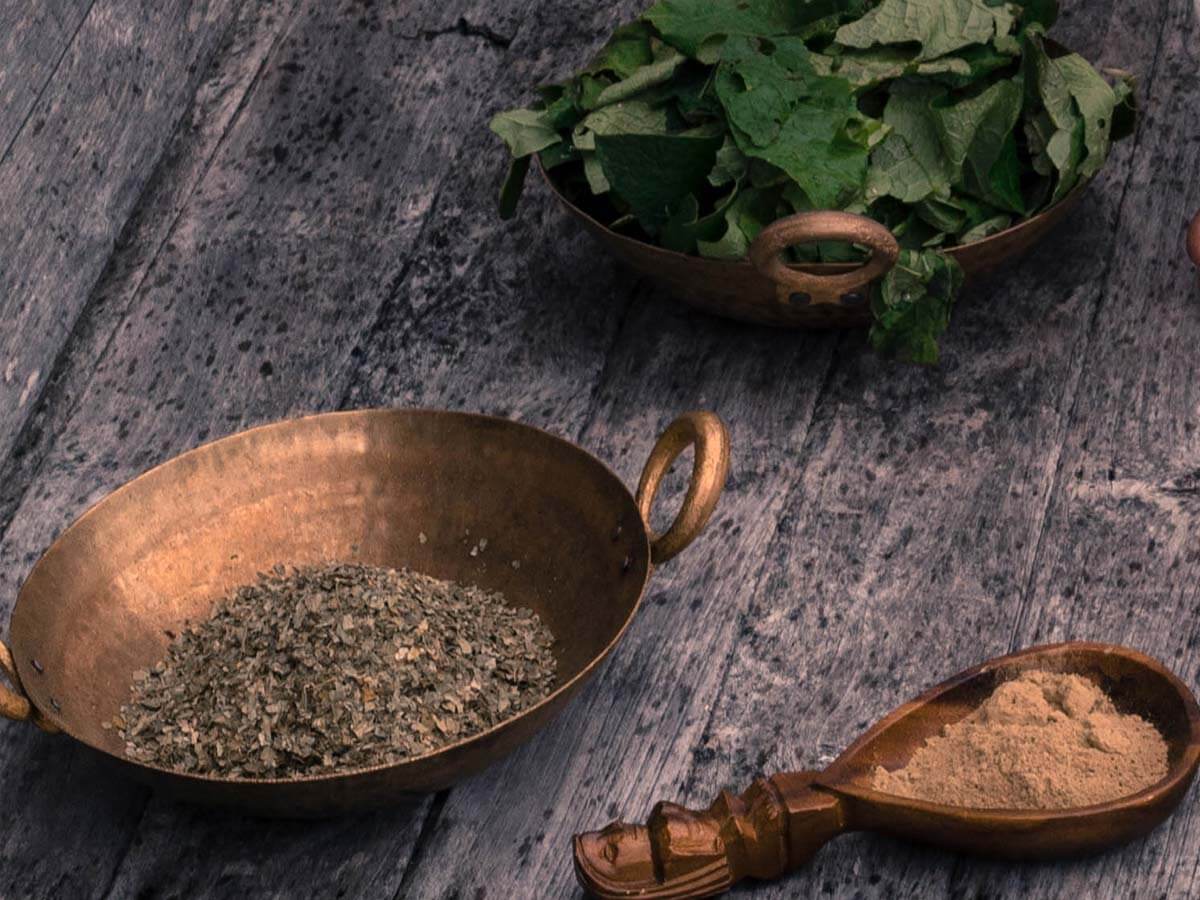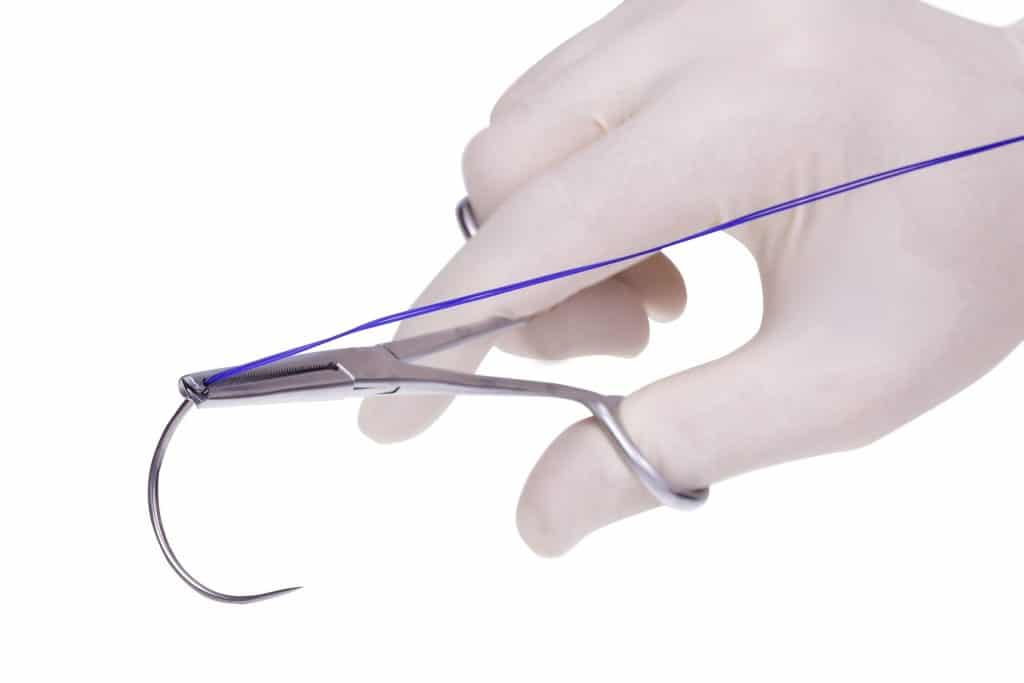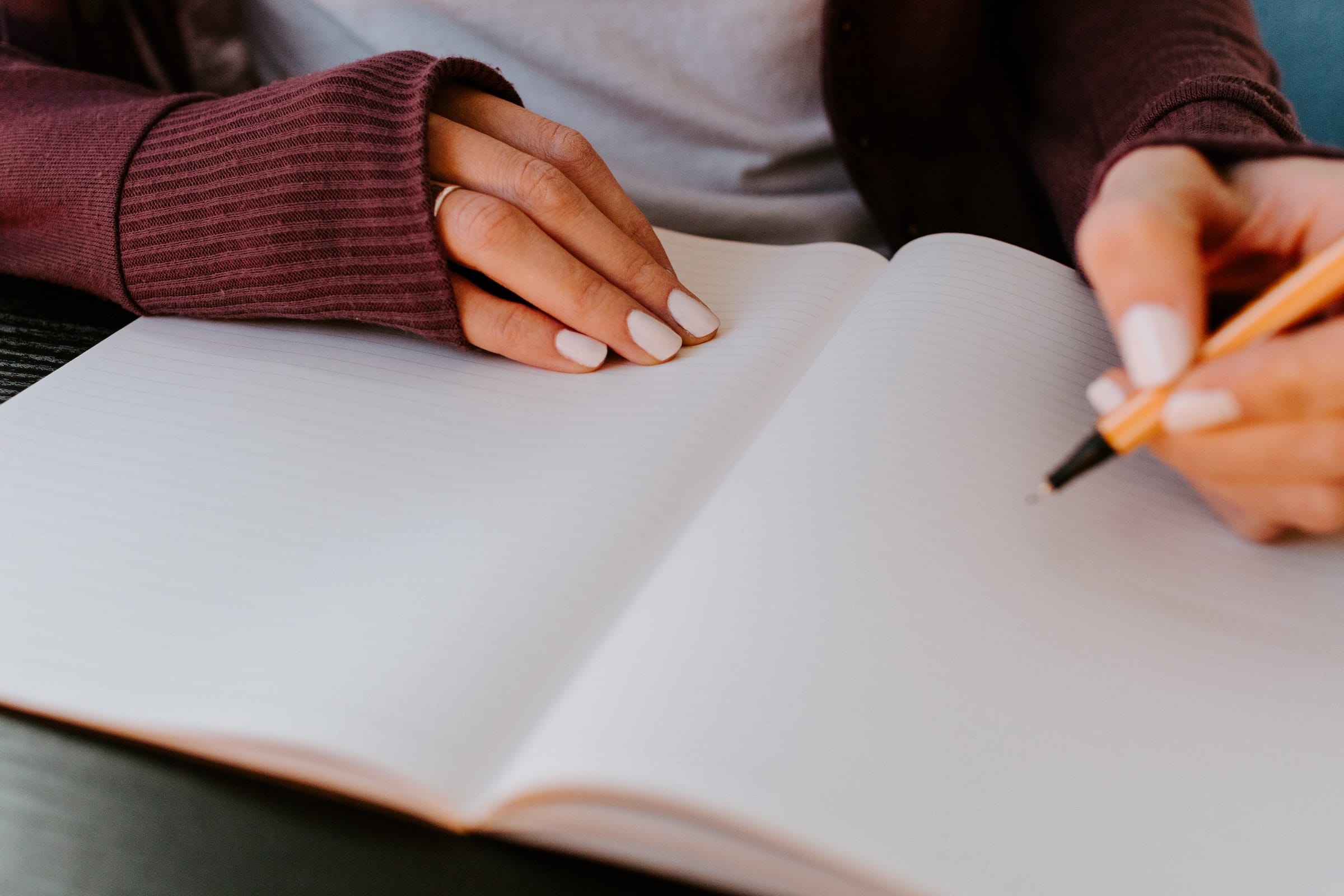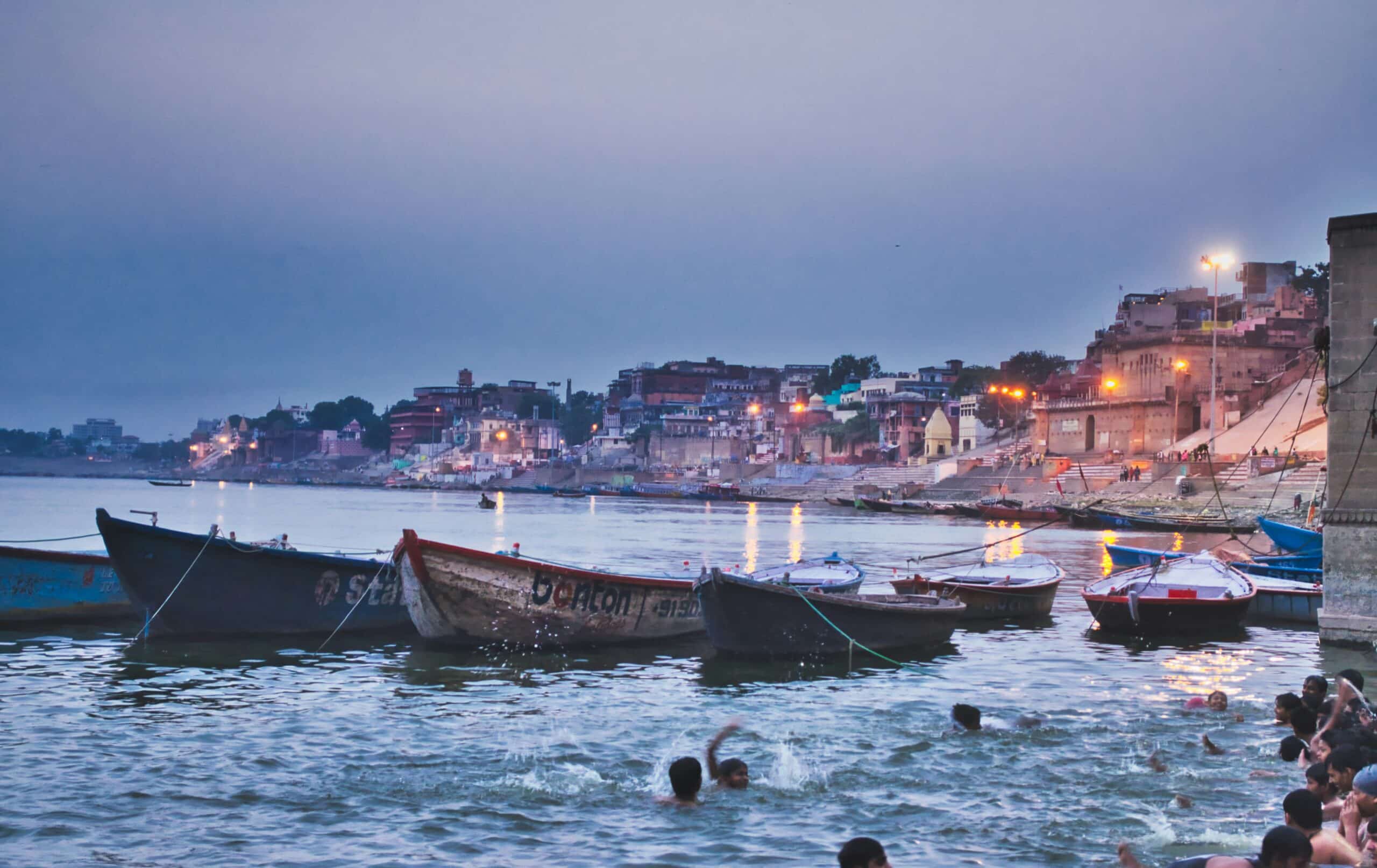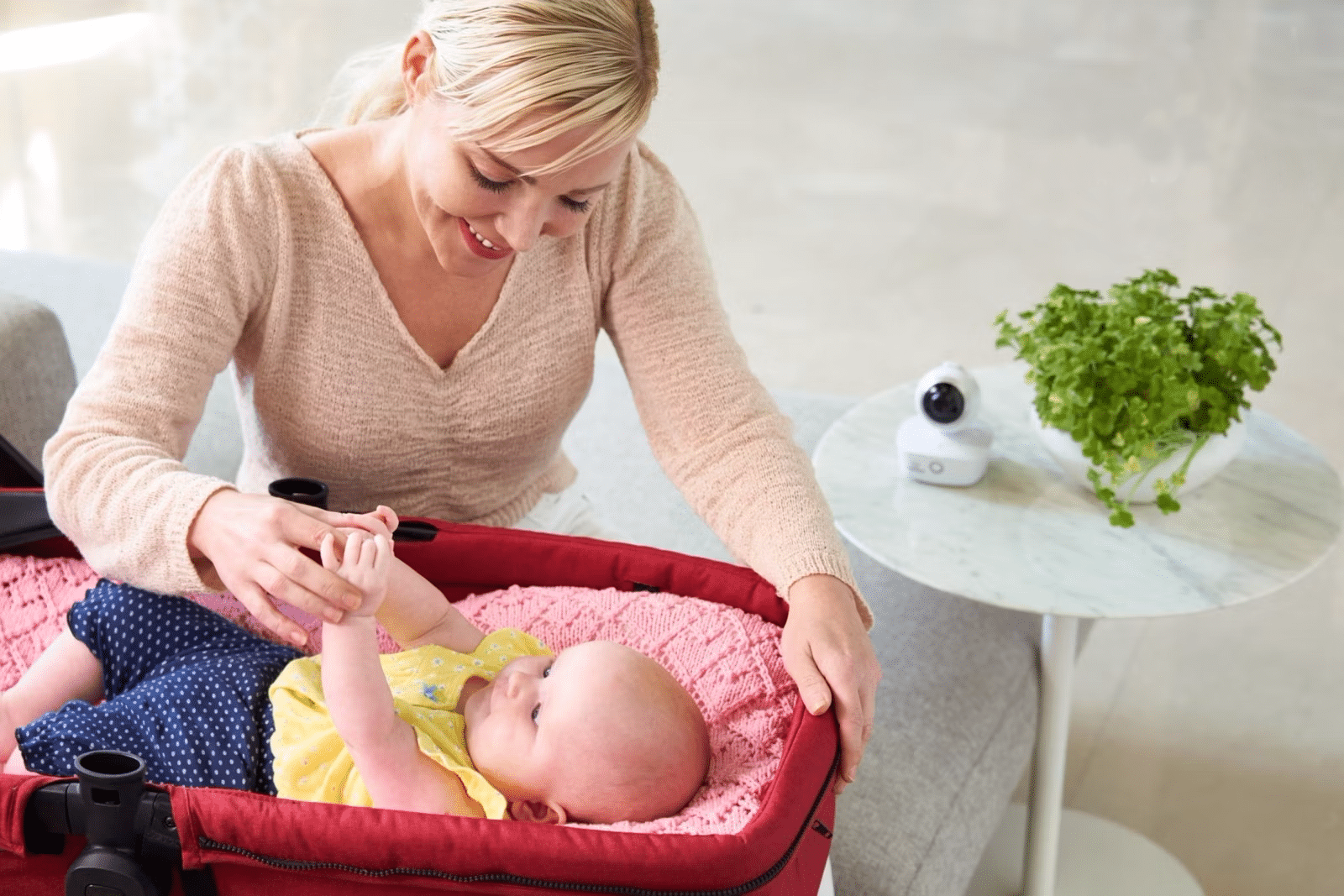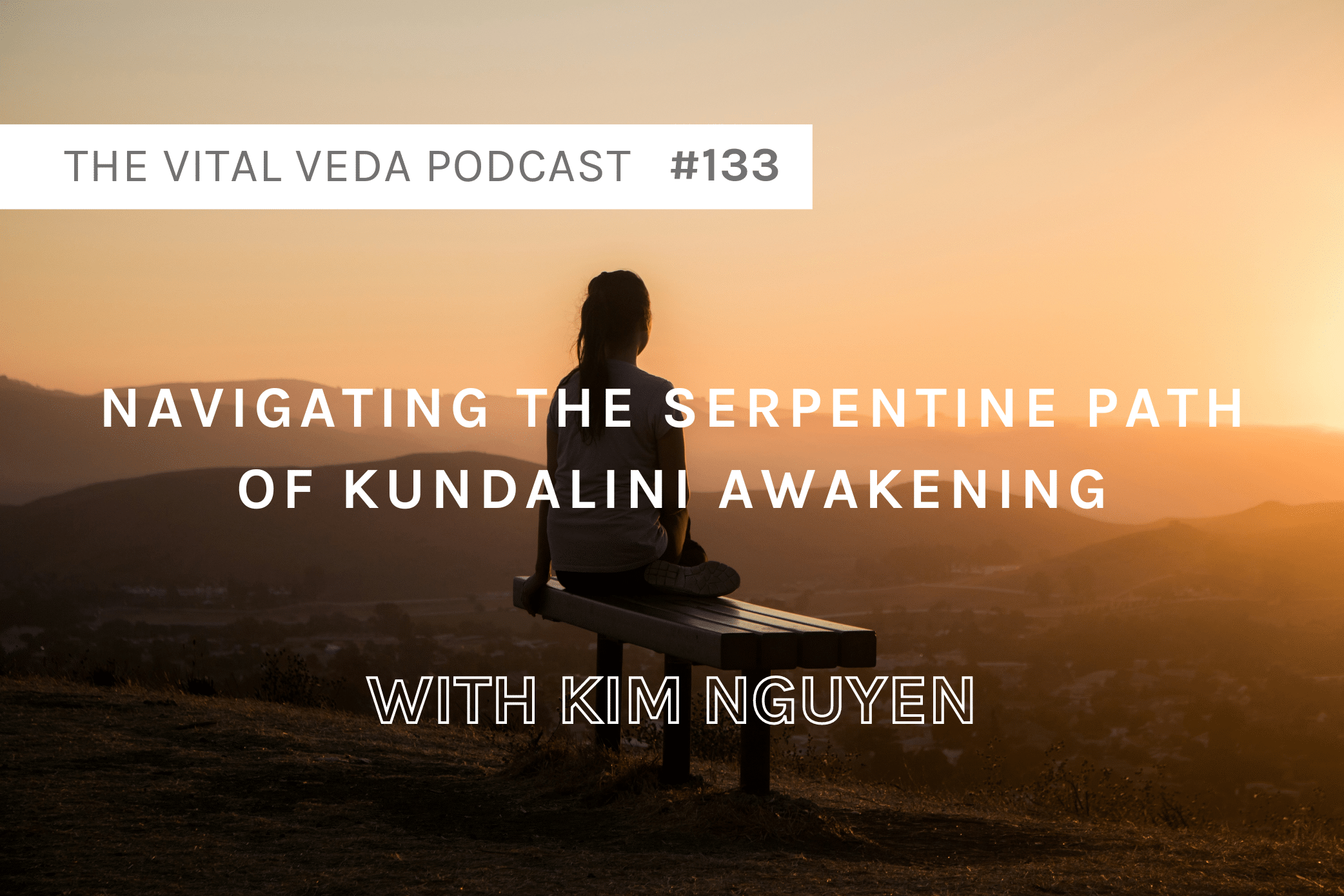Haemorrhoids are no doubt uncomfortable.
Also known as piles, haemorrhoids are swollen and inflamed veins around the anus or in the lower rectum.
They can develop quickly from ordinary lifestyle and diet factors causing pain and severe discomfort.
Haemorrhoids are actually quite common in both men and women.
They affect about 1 in 20 Americans and half of adults older than age 50 have haemorrhoids.
You don’t hear about these commonalities since it is typically an embarrassing disease for people to share about.
In Ayurveda, haemorrhoids are known as arśa अर्श, and are actually one of the “eight major diseases” (“Astha Maha Gadas”) that have to be be approached with great care.
Due to this, Ayurveda has a lot to say about haemorrhoids, from its various types (beyond just internal and external), as well as extensive knowledge of various ayurvedic remedies for piles.
Table of Contents
Two Types of Piles (The Roots)
In Ayurveda, it starts with two types of piles:
1.Hereditary (congenital)
When piles are caused by the vitiation of the “seeds” (sperm and ovum / “bija dośa”), especially the part of the seed responsible for the formation of the anal-sphincter.
Vitiation of the seed is caused by two main factors according to Ayurveda:
– Incompatible diet and regimen of father and mother.
– Performing actions that oppose natural law or “sinful” acts in past lives (karma).(1)
2. Acquired from lifestyle
Piles are manifested after birth due to diet and lifestyle choices.
Pathology (Samprapti) – Features and Stages of Haemorrhoids
Doshas involved:
In general, piles are caused by all three doshas, but especially pitta (fire, heat) and vata dosha (air element, whose site is in the rectum and anal sphincter).
Tissues (Dhatus) involved:
Mostly,piles are characterised by morbid growth in the masma dhatu (muscle tissue).(1)
However, medas (fat), māmsa (muscle) and tvak (skin)– are all adhisthānas (involved morbid tissue elements) for all the types of arśas.(1)
Causes of Haemorrhoids (Rupa)
When someone’s agni (digestive fire) is afflicted, mala (waste products, ie. stool) gets accumulated in excess (constipation), leading to piles.
This can occur because of the following:
- Intake of sweet and cold foods.
- Intake of foods which block channels (abhisyandi), e.g. yoghurt and cheese.
- Intake of foods which causes burning sensation (vidāhi), e.g. chilli.
- Intake of mutually contradictory foods / ie. incompatible food combinations (viruddha).
- Intake of food before the previous meal is digested.
- In take of small quantity of food;
- Intake of unwholesome food;
- Intake of meat in excess.
- Intake of urad dahl (black gram / māsa), sugarcane juice, raw and dry vegetables, vinegar, garlic, freshly harvested corns and cereals and tender radish;
- Intake of heavy fruits, vegetables and pickles.
- Intake of mandaka (immature curds) and wrongly (excessively) fermented wines;
- Drinking of polluted and heavy water;
- Intake of oil (Sneha) in excess;
- Not purifying the body regularly with specific therpaies (non-use of shodana therpaies):
- Wrong applications of enemas or bastis;
- Lack of exercise;
- Lack of sex or excess sex (Avyavāya or adhivyavāya);
- Sleeping during the day tine;
- Excess sitting;(1)
- Pregnancy – very common cause.
Similarly, the following are responsible for the aggravation of apāna vāyu (pelvic floor and recturm area)
- Use of rough, irregular and hard seats;
- Travelling in vehicles in a “bumpy” rides;
- Excessive indulgence in sex;
- Improper insertion of enema nozzle and frequent injury in the anal region;
- Frequent application of cold water (cold bathing);
- Rubbing the anus with rough toilet paper excessively, rags etc.;
- By continued excessive strain of trying to “push” to pass a bowel motion;
- Forcible attempt for passing flatus, urine and stool;
- Suppression of natural manifested urges;
- Miscarriage, pressure on the uterus during pregnancy and abnormal delivery (for women).
The apāna vāyu (pelvic floor functions of moving things) aggravated by the above mentioned factors, brings down the accumulated waste products and afflicts the anal sphincters. Because of this, piles are manifested in the sphincters.(1)
Different Shapes of Piles
In general, the characteristic shapes of piles caused by excessive aggravation of vata, pitta and kapha are:(1)
- Mustard seed
- Masa (black gram lentil)
- Mudga (mung lentil),
- Yava (barley)
- Kalāya (green pea)
- Pindi (like a pill)
- Tintikera (the fruit of Karira / Capparis decidua)
- Gostana (cow’s teet)
- (there are more shapes correlated with different substances)
Remove Constipation & Hard Stool
An important consideration is to ensure that the patient is not constipated and they do not have trouble passing bowel motions.
This stool should not be too hard or dry. The patient should not forcefully push to pass bowel motion. This may cause the haemorrhoid to rupture and bleed and not allow it to heal.
DIFFERENT TYPES OF PILES
Vata Type of Piles (Vātika Arśas)
Hetu (Causative Factors) of Vātika Type of Piles:
- Intake of astringent (kshaya), pungent (katu), bitter (tikta), dry (ruksa), cold (sheeta) and light (laghu) food;
- Habitual intake of food in extremely small quantities (pramitāśana), intake of less of food, intake of alcoholic drinks and indulgence in sex.
- Fasting, residing in cold country and cold season and physical exercise;
- Grief and exposure to sun and wind (drying).(1)
Rupa (Symptoms) of Vātika Arśas:
- Mass of the piles:
- the mass of piles is dry, wrinkles, hard, rough, dry and greyish in colour;
- these masses have sharp tips;
- these are curved and with cracks on the surface;
- these are spread irregularly.
- The mass of piles is associated with pain, cramps, piercing pain (toda), itches, numbness and tingling sensation in excess;
- Oily (snigdha) and hot (usna) things give relief in this condition;
- The patient suffers from dysentery, abdominal distention and stiffness of pudendum, testicles, basti (bladder) region, pelvis and cardiac region; he also suffering from malaise and palpitation in excess;
- His flatus, urine and stool are constantly obstructed;
- He suffers from pain in thighs, lumbar region, back, trika (shoulder blade junction), pārśva (sides of the chest), kuksi (sides of the abdomen) and in the region of basti (bladder)
- He gets heating sensation in the heads;
- He suffers from sneezing, eructation, coryza, kasa, udāvarta, āyāma (āyāsa according to C.K Sen edition, which means indolence/laziness), consumption, oedema, fainting, anorexia, distate in mouth, timira (impairment of vision), itching, pain in the nose, ears and temporal region, and impairment of voice;
- They experience greyish, reddishness and roughness of nails, eyes, face, skin, urine and stool.(1)
Pitta Type of Piles (Paittika Arśas)
Hetu (Causative Factors) of Paittika Type of Piles:
- Intake of katu (pungent), usna (hot) and lavana (salty) food;
- Vyayama (excess exercise) and exposure to the heat of fire and sun;
- Residing in a place and season which are not cold;
- Intake of alcohol;
- Feeling envy;
- Intake of all types of drinks, food and drugs which are vidāhi (burning), tiksna (sharp).(1)
Rupa (Symptoms) of Paittika Arśas:
- Mass of the piles:
- The mass of piles is soft, flabby, delicate and tender to touch;
- The mass of piles is red, yellow, blue or black in colour;
- The mass of piles is associated with excessive sweating and sticky discharge
- The discharge from the piles mass is visra (smelling like raw-meat), thin, yellow or red;
- There will be discharge of blood from the piles;
- The mass of piles is associated with burning sensation, itching, colic pain, pricking pain and suppuration;
- There will be relief by resorting to cold things;
- The stool of the patient is loose, yellow or green;
- The urine and stool are voided in large quantities, and these are yellow in colour and their smell is like that of raw meat;
- The individual suffers from morbid thirst, fever, asthma, fainting and disliking for food;
- The nails, eyes, skin, urine and stool of the patient are yellow in colour.(1)
Kapha Type of Piles (Kaphaja Arśas)
Hetu (Causative Factors) of Kaphaja Type of Piles:
- Madhura (sweet), snigdha (oily), sheeta (cold), lavana (salty), amla (sour) and guru (heavy) food;
- Lack of exercise, nitya rupana (day-time sleep) and over-indulgence lying and sitting;
- Exposure to easterly wind;
- Residing in cold place and during a cold season;
- Mental inactivity.(1)
Rupa (Symptoms) of Kaphaja Arśas:
- Mass of the piles:
- The mass of piles is large in size, swollen, smooth, painless to touch, snigdha (oily), pale white, slimy, having stiffness, guru (heavy), rigid, benumbed, having constant oedema and excessive of itching;
- The discharge from the piles mass is in large quantity and continuous. This discharge is either reddish, white or red in colour; at times, there is slimy discharge;
- Urine and stool are heavy, slimy and white;
- The disease gets alleviated by ruksa (dry) and usna (hot) therapies;
- The patient has an excessive desire to pass stool with tenesmus (continual inclination to pass bowels);
- There is distension in the lower pelvic region;
- The patient suffers from sowing pain, nausea, excessive spitting, kasa (cough), arochi (anorexia), cold, heaviness, chardi (vomiting), dysuria, consumption, oedema, anaemia, fever associated with cold, stone and gravels in genito-urinary tract, a feeling as if the heart and sense organs are covered with sticky material, madhura (sweet) taste in the mouth and Prameha (diabetes)
- This is a very chronic condition;
- Kaphaja Arśas suppresses the power of digestion in excess and cause impotency;
- They are associated with acute diseases caused by ama;
- The nails, eyes, face, skin, urine and stool are white in colour.(1)
Arśa Caused by Simultaneous Aggravation Doshas
Of course, piles can caused by combination of two or three dosas.
These types of piles manifest from mixed causative factors and create symptoms from each of the doshas.
Piles never occurs without the aggravation of all the three dosas (tribhih).(1)
It is the predominance of one or all the dosas that different type of piles are determined.(1)
Pre-Symptoms (Purva Rupa) of Piles:
- Vistambha (absence of any movement) of the food,
- Weakness,
- Gurgling sound in the lower abdomen,
- Emaciation,
- Frequent eructation (belch);
- Weakness in the thighs,
- Voiding less of stool,
- Sprue syndrome,
- Anaemia,
- Apprehension of the manifestation of udara roga (obstinate abdominal diseases).(1)
Classification of Piles:
Arśas are broadly classified into two groups according to Ayurveda:
- Dry piles / non-bleeding (suska)– caused by aggravated vata and kapha (kaphaja piles has different types of exudation, generally slimy material and no blood exudation).
- Exuding or wet piles / bleeding (ardra) – caused by predominance of rakta (blood) and pitta.(1)
Exudation of slimy material takes place even by the combination of causative factors of both dry and wet types of piles.
Ayurveda also acknowledges the two types of piles according to western medicine:
- Internal Piles – these are most common. It occurs 2-4cm from the opening of the anus. These are generally painless because there are less pain sensitive nerves in the rectum. These can differ in grades based on how the piles mass “hangs” or bulges from the anus.
- External Piles – occurs in the lower part of the anal canal. Painful because there are lots of nerve fibres which are responsible for pain.
One can have both internal and external piles together.
Haemorrhoids Associated with Jyotish (Vedic Astrology)
Here are some considerations in Jyotish (Vedic Astrology):
- Rahu is vayu (air / vata dosha).
- Shani (Saturn) is compressed vata. This can cause the piles to be prolonged.
- Ketu is extreme heat. This increases the sensitivity of Pitta. Mangal (mars) is also similar to this heat.
- Surya is good but may cause imbalance to pitta.
- 8th house represents Guda marma (anus) and coccyx. If Shani is there, this can cause Vata problems and lead to Arśas. Mangal there can lead to amazing energy but blood related and pitta related disorders.
- The naksatra and padas have to also be considered.
TREATMENTS (CIKITSA)
Here is a whole list of the many different ayurvedic remedies for piles.
Ways to Promote Complete and Soft Bowel Motion
- Go to sleep before 10pm each night and sleep well.
- Take Shodana Vati each night before dinner.
- Meditate in the morning (and ideally twice a day). If it is uncomfortable to sit up, you can lie down.
- Light dinner with good fibre.
- Sip hot water in the morning
- Abhyaya Arista – a famous classical Ayurvedic herbal wine to soften stools and help with constipation. General dose. 25ml 2x/day after meals.
Sitz Baths
You can make a herbal decoction, mix with water until the temperature is luke warm and add that into a sitz bath.
Firstly, apply some oil to the pile and rectum area (see below).
Sit in the sitz bath with your rectum in it. You can buy online (ebay etc.) little sitz bath apparatuses that fit in your toilet seat.
Otherwise you get a large bucket and sit inside that.
Adding it to a bath tub is okay, however it will be too diluted since the bath tub takes a lot of liquid.
*Sitz bath should be cleaned properly. This is important to prevent any germs infecting the solution*
Piles Sitz Bath Ingredients:
(You can use any of these ingredients which are available).
- 10-15 crushed shodana vati tablets per litre of water that you boil.
- 2tsp Triphala powder if shodana vati is not available.
- Salt – 1-3tsp. Salt is an excellent antibacterial and healing remedy. If you can use epsom salt (magnesium sulfate, not actually salt), that is best.
- Neem powder or leaves – 1tsp. *Not to be taken for woman trying to conceive within one year.
- Turmeric powder – 1tsp. *Not to be taken for woman trying to conceive within one year.
- Radish leaves – a large handful.
- Alum powder – 1tsp – Aluminium Potassium Sulphate/ Kalunite or Kalinite. A natural occurring mineral.
- Moringa seeds – 1 TBSP.
Other herbs that can be utilised but these must be purified a specific way:
*Do not use the herbs below. This is for educational purposes only. Only use these herbs if they have been purified properly.
- Touch me not plant / Mimosa pudica / Sensitive plant – harvest a bunch of stems and leaves of this plant if available. Only for internal haemorrhoids.
- Arka
- Venu (bamboo)
Oil Application to Piles (Pre-Sitz Bath)
Mostly always in Ayurveda, before we do any form of svedana (sweating treatment), such as Sitz Bath, we need to oileate the area that is going to sweat.
So before going in a sitz bath, it is ideal to apply some oil to that area.
Note, if you don’t apply anything topically, it is still beneficial to do the Sitz Bath alone.
Oils to apply piles pre-sitz bath:
- Varchas (pictured)
- Plain ghee
- Butter mixed with tulsi juice.
- Vishyandhana tailam
- Kasisadi tailam
Diet For Haemorrhoids
It is important to remember that nutrition can also be one of the many effective Ayurvedic remedies for piles. You simply need to understand what are the appropriate dietary choices that you need to make for yourself.
- Cooling foods – thin lassi, bitter vegetables, coriander, healthy sweet vegetables, ghee.
- Avoid heating foods – mustard, sesame, chilli, alcohol, coffee, fermented foods.
- Pitta pacifying diet – to learn about Diet For Doshas, see Essence of Ayurvedic Nutrition.
- Ripe guava fruit – one of the best foods for the rectum in general.
- Onion – for bleeding piles.
- Ghee – use as cooking oil and on your food.
- Vata pacifying diet – to ensure easy flow out the rectum.
- Pomegranate – a good fruit to include into your diet when in season or if using as medicine, it is indicated to import.
Buttermilk / Thin Lassi: The Best Medicine
“There is no medicine, better than butter-milk, for the cure of piles…”
~ Caraka Samhita, Cikitsa Sthana, ch 14.
Note, the above quote is referring to piles caused by the predominance of aggravated vayu and kapha.
However, for all piles, butter milk is so important.
How you take butter milk depends on the doshas involved:
- From which fat is completely removed; – kapha, mandagni/low digestion, low strength.
- From which half of the fat is removed; – good for pitta, moderate power of agni, and if the patient has moderated strength.
- From which fat is not at all removed. – vayu, strong agni, patient has enough strength
“Piles in anus, once cured by the administration of takra, do not recur.”
~ Caraka Samhita, Cikitsa Sthana, ch 14.
Recipe for Takra (Butter-Milk)
Very simple method:
- Mix 1-2 tablespoons of plain, natural, regular organic cows yoghurt with 1 cup of water. Mix well with a fork or lightly blend.
- Now you have plain butter-milk!
- If you want, you can add extra cooling substances like rose water, fresh mint, fresh coriander. A pinch of salt is also good for piles.
There are other ways to prepare takra which are also valid.
Note, coconut yoghurt does not produce this therapeutic affect.
The Influence of Emotions and the Mind in Haemorrhoids
Emotions are correlated with the pitta dosha 🔥 .
If one with haemorrhoids is emotional or stressed, that will increase the pitta (inflammation) in the rectum.
Thus, it is important to maintain calm and meditate for those with haemorrhoids.
pic: Alpha Channeling
HERBAL REMEDIES TO HELP HAEMORRHOIDS
There are several Ayurvedic herbal remedies for piles that will effectively assist your body and enliven its healing:
Pile Pacify
Great herbal formula to help reduce the inflammation in the rectum and help heal and eradicate the haemorrhoids.
Also works to soften the stool for easy passing.
Alternative to surgery for ano-rectal disorders.
Pykure also helps in:
- Bleeding haemorrhoids (piles).
- Fissures and Rectal Swelling.
- Prolapse of rectum (pile mass).
- Fistula in Ano.
Chiruvilwa Kashayam (Digestive Tract)
Chiruvilwa Kashayam is a classical Ayurvedic decoction that helps reduce the inflammation in the rectum and helps heal non-bleeding haemorrhoids.
Helps in constipation.
*Should not be used in bleeding piles.
General dose: 3tsp +10tsp hot water 2x/day before meals. Recommended to take with Pykure for greater effect.*
*Please consult your health care practitioner before taking any herbal remedies.
Pancha TGG
Helpful in kaphaja and paittika arśa.
- Great anti-inflammatory.
- Particularly useful for rasa and rakta dhatus (lymph and blood tissues).
- Good for skin diseases.
- Good for arthritis.
- Purifies the blood.
Also help in tumour, fistula-in-Ano, abdominal distension, polyuria, tuberculosis, tastelessness, asthma, cervical lymphadenitis & lymphadenopathy, etc.
Other Ayurvedic Herbs that may be used:
- Kankayan Vati
- Pilex (Himalaya brand)
- DusParsakadi Kashayam
- Haemostatic Recipes if the piles are full pitta or very hot.
Please consult a quality Ayurvedic practitioner before taking any Ayurvedic medicines.
Ayurvedic Surgery: Thread Treatment (Ksāra Sūtra Karma)
- A thread is smeared with herbal caustic alkali.
- The thread is then tied onto the base of the pile mass and the pile falls out on its own (this can take 7 days).
- The kshara (alkali) will help cut, curette and heal these conditions (also effective in fistula).
- There is extensive pre-karma (pre-karma) and post karma to deal with this surgery.
Ayurvedic Consultation for Deeper Healing
We recommend you book in for an Ayurvedic consultation to go deeper and receive a treatment plan more specific to you.
Did you find these ayurvedic remedies for piles helpful? Have you tried any? Comment 👇
References:
- Caraka Samhita, Cikitsta Sthana, ch 14, Arśa.

